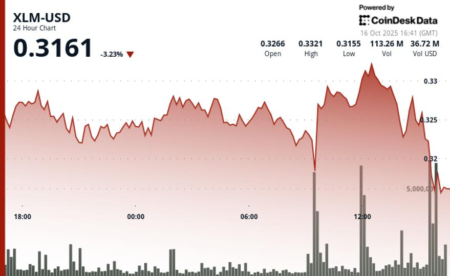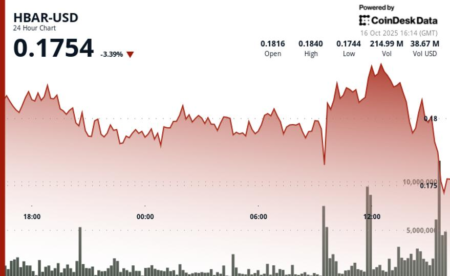Proposed Limits on Stablecoins by the Bank of England: A Balanced Approach to Financial Stability
In recent developments, the Bank of England (BoE) has rolled out significant updates regarding the management and regulation of stablecoins, a growing sector in the cryptocurrency ecosystem. Deputy Governor Sarah Breeden emphasized that introducing limits on stablecoin holdings and transaction sizes is a necessary precautionary measure aimed at preserving financial stability in the UK. She articulated concerns that uncontrolled outflows of capital into stablecoins could lead to a serious decline in credit availability for both businesses and households. This article delves deeply into the proposed limits, the rationale behind them, and how they position the UK in the global stablecoin landscape.
Why Stablecoin Limits Are Proposed
The rationale for setting limits on stablecoins stems from a desire to maintain financial stability amid rapid technological changes in the banking sector. Breeden noted that if large sums are withdrawn from banks to purchase stablecoins, it could lead to liquidity issues that widen the gap between available credit and the needs of the economy. She specified that the proposed restrictions aim to avoid a situation where banks are unable to support lending to households and businesses, indicating the BoE’s commitment to ensuring that the traditional banking system remains robust during this transition to digital currencies.
Details of the Proposed Limits
According to the Bank of England’s proposal, individuals will face a limit on their stablecoin transactions ranging from £10,000 to £20,000 (approximately $13,300 to $26,600). Businesses, on the other hand, may have their thresholds set higher, although specific figures have yet to be disclosed. The BoE has characterized this approach as temporary, designed to adapt as the landscape of digital currencies evolves. As part of the ongoing dialogue around these limits, the BoE plans to initiate a formal consultation process to solicit feedback from stakeholders, ensuring that the proposed caps remain relevant and effective.
Response from the Crypto Industry
The decision to impose limits on stablecoin transactions has not come without scrutiny. Some members of the cryptocurrency sector argue that these caps could serve as an impediment to innovation within the space. Simon Jennings, Executive Director of the UK Cryptoasset Business Council, openly called for a review of these limits, stressing the need for their recalibration to promote growth and sustainability in the crypto market. Jennings underscored that while a cautious approach is necessary, it should not stifle creativity and progress in the rapidly evolving sector.
Comparison with Other Major Economies
When juxtaposed with the U.S. approach, the UK’s strategy showcases a more cautious and phased method to manage stablecoins. The U.S. has moved towards a framework under the GENIUS Act, which permits regulated banks and a select number of issuers to develop fully reserved stablecoins. This indicates a significant difference in the two economies, as the U.S. simultaneously grapples with the banking sector’s resistance to crypto-related rewards. The UK’s dual mechanism, combining Financial Conduct Authority (FCA) regulations with BoE-mandated limits, aims to strike a balance between fostering innovation while protecting the financial ecosystem from possible shocks.
Next Steps for the Bank of England
Looking ahead, the Bank of England plans to launch a formal consultation next month to further discuss the regulatory landscape surrounding stablecoins, including the proposed limits. This engagement with industry stakeholders is essential for shaping a framework that not only addresses concerns about financial stability but also encourages innovation in the stablecoin sector. As this dialogue unfolds, the BoE must navigate the complexities of regulation while remaining open to the unique challenges that the digital currency landscape presents.
Conclusion
In summary, the Bank of England’s proposed limits on stablecoin transactions are a strategic measure aimed at safeguarding financial stability during a transformative period for the banking sector. With individual caps set at £10,000 to £20,000 and higher limits for businesses, the BoE underscores its commitment to maintaining credit availability for the economy. While responses from the crypto industry may express concerns regarding innovation stifling, the ongoing consultation process presents an opportunity to refine policies. By striking a balance between regulation and growth, the UK aims to position itself as a forward-thinking leader in the global stablecoin ecosystem.

















